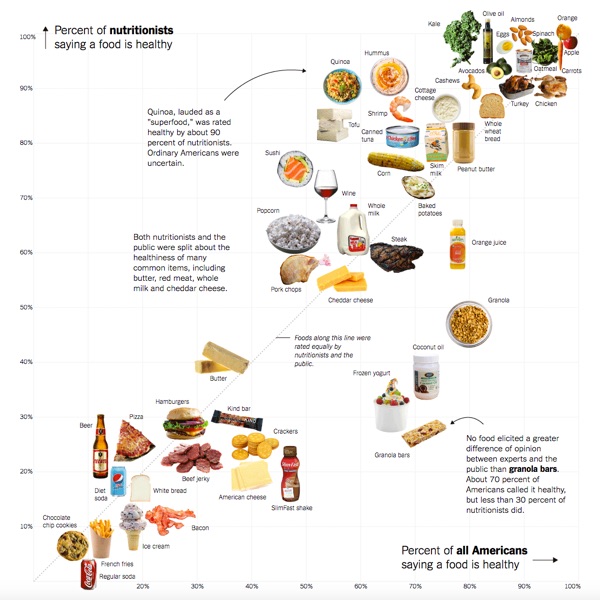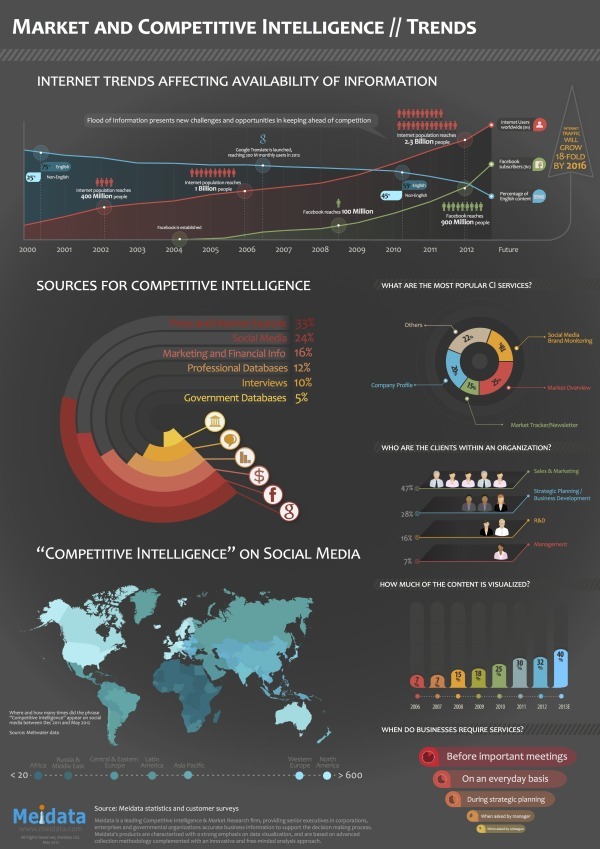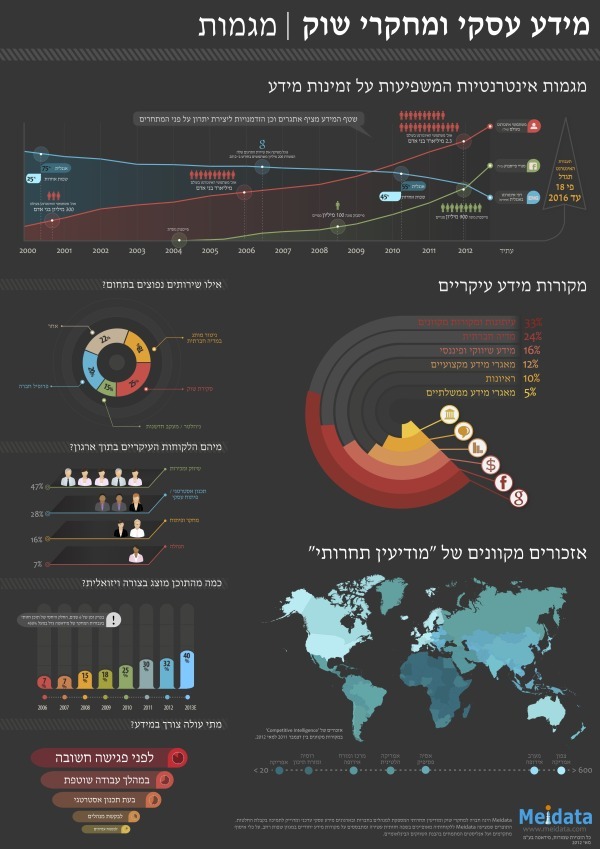Which Foods Are Really Healthy?
After surveying nutritionists and Americans, the NY Times has plotted the results, showing some surprising disagreements. Is Sushi ‘Healthy’? What About Granola? Where Americans and Nutritionists Disagree charts the differences in opinion, but where do you stand?
We surveyed Americans and a panel of nutrition experts about which foods they thought were good or bad for you.
Is popcorn good for you? What about pizza, orange juice or sushi? Or frozen yogurt, pork chops or quinoa?
Which foods are healthy? In principle, it’s a simple enough question, and a person who wishes to eat more healthily should reasonably expect to know which foods to choose at the supermarket and which to avoid.
Unfortunately, the answer is anything but simple.
The results suggest a surprising diversity of opinion, even among experts. Yes, some foods, like kale, apples and oatmeal, are considered “healthy” by nearly everyone. And some, like soda, french fries and chocolate chip cookies, are not. But in between, some foods appear to benefit from a positive public perception, while others befuddle the public and experts alike. (We’re looking at you, butter.)
They also created some supporting graphs that highlight the major differences. This one shows the largest differences where many more nutrition experts consider these foods to be healthy than the general public.









 Randy
Randy











